During the preparation for the General Uprising, the people of all ethnic groups in Tuyen Quang province contributed food, provisions, and built shelters and houses for the Central agencies. At the same time, local armed forces were arranged to increase patrols, guard, and provide security, ensuring absolute safety for the leaders and key agencies...
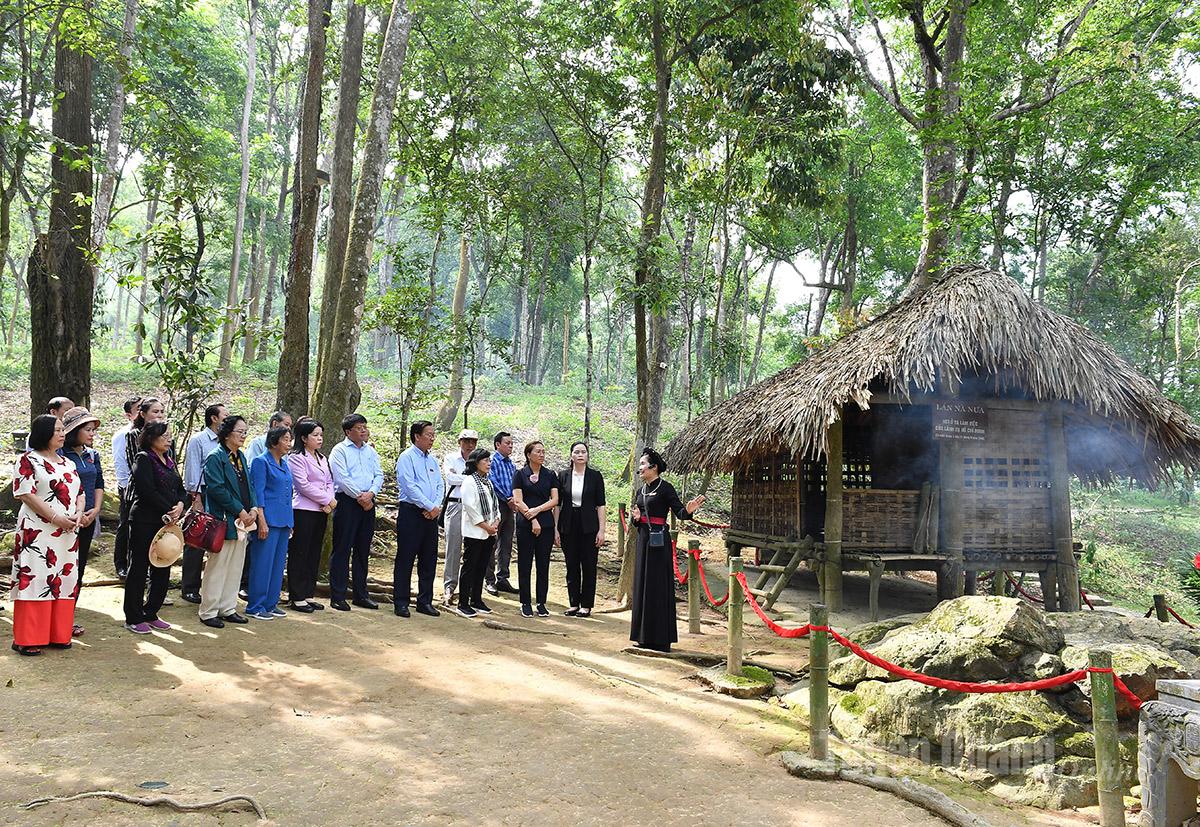 |
| Delegations of National Assembly deputies of Ho Chi Minh City and Ben Tre province (old) visited and offered incense at Na Nua hut relic. |
Mr. Nguyen Van Long, over 93 years old this year, in Le village, Minh Thanh commune, recalls: “When the Thanh La uprising took place, he was still young, but he still remembers the seething, urgent atmosphere of the uprising. To prepare for the Thanh La uprising, revolutionary cadres had lived in people's homes to operate secretly in advance, and were protected and supported by the people, who reserved the best food and provisions to feed the army. When the uprising broke out successfully, everyone was happy because from now on, the yoke of colonial and feudal domination had been abolished…”.
In Tan Trao, many important events of the nation took place such as the National Party Conference (August 13-15, 1945), the National Congress (August 16-17, 1945) decided important issues, ordered the General Uprising and mobilized the people of the whole country to rise up to seize power. Those historical milestones clearly affirmed the role and strategic position of Tuyen Quang.
According to historical documents, in the process of the August Revolution, Tuyen Quang was the locality that quickly built a strong political base, and the uprising to seize power at the commune and district levels was the earliest in the country. Thereby, meeting the requirements and conditions for leader Nguyen Ai Quoc and the Party Central Committee to return to live and lead the August Revolution to victory.
On the night of March 10, 1945, the Thanh La Uprising was victorious. This was the earliest victorious communal uprising in the country. Next, the insurgents attacked Dang Chau fort. On March 14, 1945, the enemy's Dang Chau fort was defeated. On March 16, 1945, Tu Do district and the Tu Do district provisional revolutionary committee were established. This was the first district-level government of Tuyen Quang province as well as of the whole country, marking a great step forward in the national liberation revolution in Tuyen Quang province.
From here, the National Salvation Army and the self-defense forces divided into many groups and spread out in different directions to support and lead the people to rise up and seize power, expanding the liberated areas. On May 21, 1945, after a long journey from Pac Po (Cao Bang), leader Nguyen Ai Quoc arrived in Tan Trao (Son Duong).
Here, he directed the establishment of the Liberated Zone including the provinces of Cao Bang, Bac Kan, Thai Nguyen, Tuyen Quang, Ha Giang, Lang Son. Tan Trao was officially chosen as the Center of the Liberated Zone, the headquarters of the resistance against Japan and national salvation in the whole country. Also from here, in Tan Trao, many important events took place that decided the fate of the nation leading to the General Uprising to seize power nationwide in August 1945.
Especially during those heroic years, despite many difficulties, Tuyen Quang people contributed a lot of human and material resources, especially together protecting and ensuring absolute safety for leaders, revolutionary cadres and central agencies. From May to August 1945, the people of all ethnic groups in Tuyen Quang province supported and transferred to Tan Trao more than 100 tons of food, including paddy, rice, corn, buffalo, cows, pigs, chickens, ducks, vegetables, tubers, fruits and tons of salt (at that time, 1 kg of salt could be exchanged for over 10 kg of rice). Along with that, the people also supported working days, wood, bamboo, rattan, palm leaves to build camps and houses for central agencies.
Scientists and historical researchers all agree that the capital of the liberated zone, with Tan Trao (Son Duong) as the center, played a very important role in the success of the August Revolution, and was the center for directing the General Uprising to successfully seize power throughout the country.
Article and photos: Huy Hoang
Source: https://baotuyenquang.com.vn/80-nam-cach-mang-thang-8-va-quoc-khanh-2-9/202508/tuyen-quang-nhung-ngay-dau-cach-mang-4fc6c70/


![[Photo] Binh Trieu 1 Bridge has been completed, raised by 1.1m, and will open to traffic at the end of November.](https://vphoto.vietnam.vn/thumb/1200x675/vietnam/resource/IMAGE/2025/10/2/a6549e2a3b5848a1ba76a1ded6141fae)





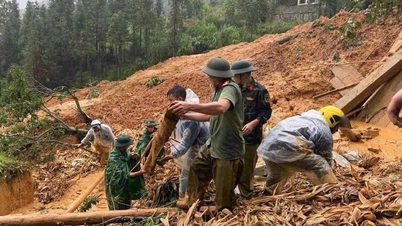
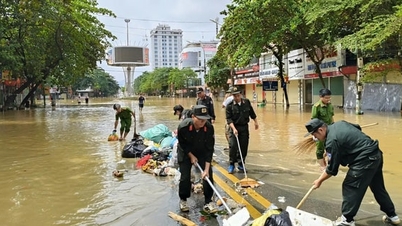

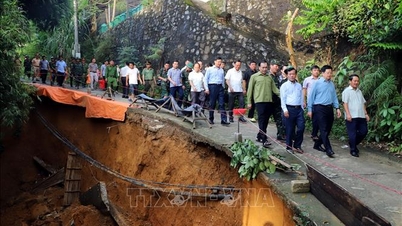




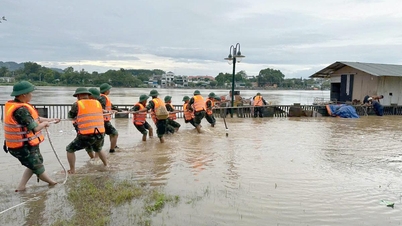



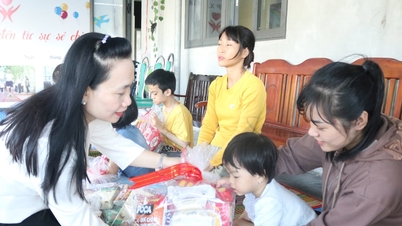

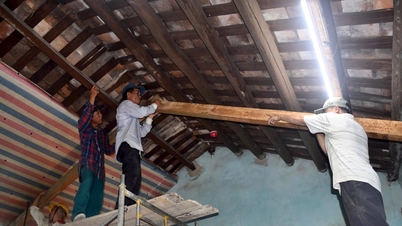








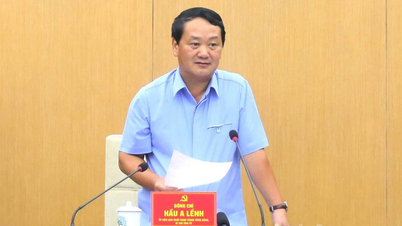
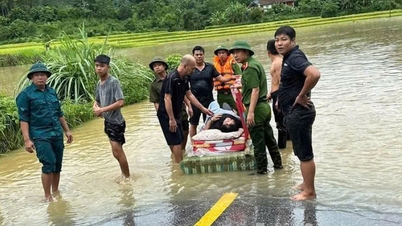
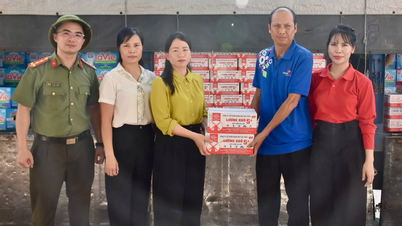
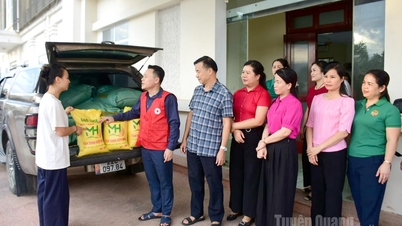



































































Comment (0)